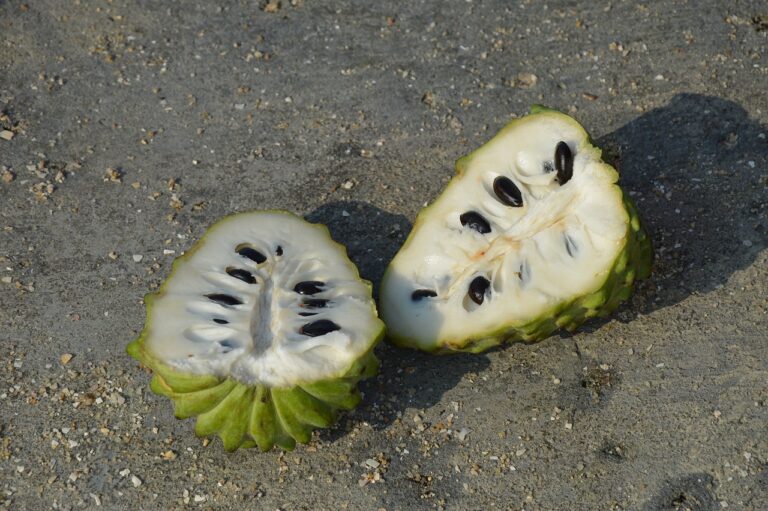The Impact of Genetically Modified Organisms (GMOs) on Food Production and Sustainability
Genetic modification in agriculture dates back thousands of years to when farmers began selectively breeding plants and animals to enhance desired traits. This traditional approach laid the foundation for the modern practice of genetic modification, which emerged in the late 20th century with advancements in biotechnology. The introduction of recombinant DNA technology in the 1970s enabled scientists to transfer specific genes between organisms, revolutionizing crop breeding practices.
The first genetically modified (GM) crop, the Flavr Savr tomato, was commercially available in 1994. This marked the beginning of a new era in agriculture, where crops could be engineered for improved traits such as resistance to pests, diseases, and herbicides. Over the years, the adoption of GM crops has steadily increased, with countries like the United States, Brazil, and Argentina leading the way in cultivating genetically modified crops.
The Role of GMOs in Increasing Crop Yields
Genetically modified organisms (GMOs) have played a significant role in boosting crop yields around the world. Through the introduction of traits that enhance resistance to pests and diseases, GMO crops have been able to thrive in challenging environments. This increased resilience has not only led to higher yields but has also helped farmers mitigate losses due to crop damage.
Furthermore, GMOs have been engineered to be more tolerant to adverse environmental conditions, such as drought or extreme temperatures. These modifications allow crops to maintain productivity even when faced with unfavorable weather patterns, ultimately contributing to the overall increase in crop yields. By harnessing the power of genetic modification, farmers have been able to meet the growing global demand for food while also promoting sustainable agricultural practices.
The Impact of GMOs on Pest and Disease Resistance
Genetically modified organisms (GMOs) have revolutionized agriculture by enhancing pest and disease resistance in crops. Through the introduction of genes that confer natural defense mechanisms, such as producing insecticidal proteins, GMOs have helped farmers reduce the reliance on chemical pesticides. This has not only minimized the environmental impact of farming practices but also led to improved crop health and yield stability.
One of the key advantages of GMOs in pest and disease resistance is their ability to mitigate crop loss. By incorporating genes that make plants more resistant to common pests and diseases, farmers experience fewer losses due to infestation and infection. This translates to higher yields and increased food security, particularly in regions prone to agricultural challenges.
What is the history of genetic modification in agriculture?
Genetic modification in agriculture dates back to the 1970s when researchers began altering the genetic makeup of plants to improve traits such as pest resistance and higher yields.
How do GMOs help in increasing crop yields?
GMOs are engineered to be resistant to pests and diseases, allowing crops to grow without being affected by these threats. This results in higher yields and more robust plants.
How do GMOs impact pest and disease resistance?
GMOs can have a significant impact on pest and disease resistance by incorporating genes that make plants more resistant to these threats. This reduces the need for chemical pesticides and promotes sustainable agriculture practices.







